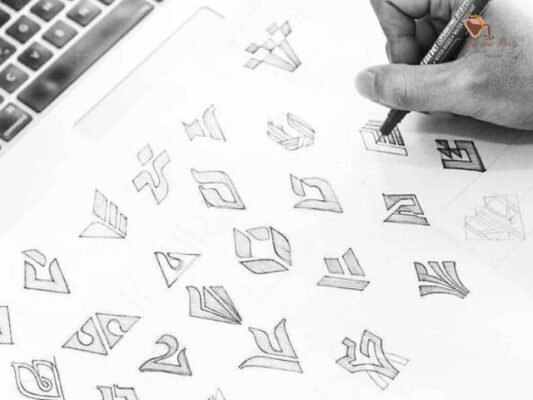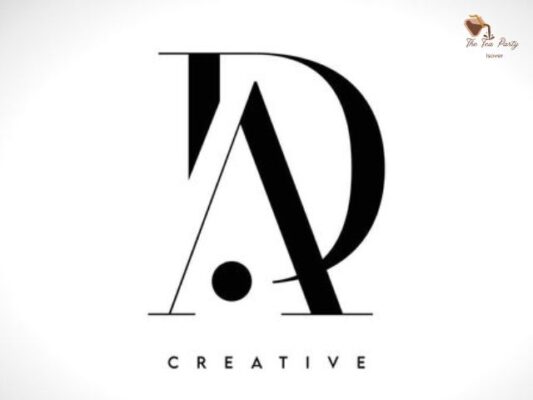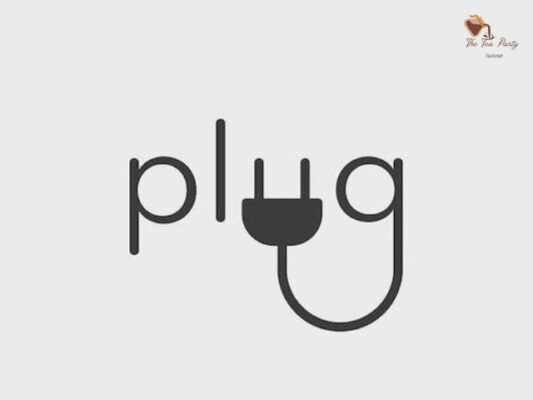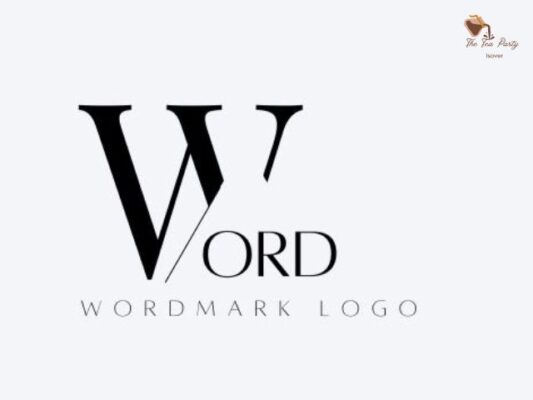In today’s visually saturated world, where brands compete for attention in every corner of our lives, the significance of a well-crafted logo cannot be overstated. A logo serves as the visual embodiment of a brand’s identity, encapsulating its essence, values, and aspirations in a single iconic symbol. From the golden arches of McDonald’s to the bitten apple of Apple Inc., memorable logos have the power to transcend language and culture, instantly evoking emotions and associations with their respective brands.
Let’s explore a journey through the fascinating world of logo design, where creativity meets strategy, and where a simple symbol has the power to leave a lasting impression on the minds of consumers. Whether you’re a seasoned designer or a business owner looking to create a logo for the first time, this guide will equip you with the knowledge and tools to craft a logo that not only stands out but also speaks volumes about your brand.
Why Learn to Design a Logo?
Understanding the importance of logo design is paramount before delving into its intricacies. A logo serves as the initial point of contact between a brand and its audience, leaving a lasting impression that can significantly impact consumer perception and engagement. It embodies the essence of a brand, conveying its identity, values, and offerings in a single, visually compelling symbol.

While logo design is just one component of a comprehensive branding strategy, it holds immense significance as it often forms the centerpiece of a brand’s visual identity. Therefore, mastering the art of logo design is essential for designers and business owners alike, as it requires a unique blend of design skills, creative theory, and strategic application to create logos that are truly distinctive, appealing, and memorable.
How to Design a Logo
Conduct Thorough Research
Before diving into the design process, it’s crucial to conduct extensive research to understand the client’s brand, product, and target audience. By gaining insights into the client’s mission, values, and differentiation factors, designers can choose the most appropriate design direction and ensure alignment with the brand’s identity.
Begin with Sketching
Despite the prevalence of digital tools, starting the design process with sketching offers numerous benefits. Sketching allows designers to explore ideas freely and quickly capture design concepts without the constraints of digital interfaces. It also facilitates effective communication of design ideas to clients before digitization. Besides, pay attention to choosing the right fonts.

Initiate Design in Black and White
While color is an integral aspect of branding, beginning the logo design process in black and white allows designers to focus solely on the core concept without the distraction of color. This approach ensures that the logo’s form and concept remain the primary focus, enabling clients to evaluate the design based on its fundamental elements.

Ensure Relevance
A successful logo design must be relevant to the brand’s identity, values, and activities. Design choices, such as typefaces, colors, and symbols, should align with the brand’s positioning and resonate with its target audience. A well-designed logo communicates authenticity and builds trust with consumers.
Prioritize Memorability
Memorability is a hallmark of effective logo design, allowing brands to leave a lasting impression on consumers. By prioritizing simplicity and clarity, designers can create logos that are easily recognizable and memorable, even after a brief glance. A strong logo resonates with consumers, fostering brand recall and recognition.

Embrace Differentiation
In a competitive market, standing out from competitors is essential for brand success. Designers should strive to create logos that differentiate their clients from industry norms, leveraging creativity and innovation to capture attention and establish a unique brand identity. Differentiation breeds brand authenticity and fosters consumer loyalty.
Consider Brand Identity Holistically
A logo is just one component of a brand’s identity, which extends across various touchpoints and applications. Designers should consider how the logo integrates with other brand elements, such as typography, color palette, and imagery, to create a cohesive and impactful brand identity. Consistency across all brand assets reinforces brand recognition and strengthens brand equity.

Avoid Literal Interpretations
While a logo should represent the essence of a brand, it doesn’t need to depict literal imagery or illustrations of the brand’s offerings. Abstract and symbolic logos often have greater longevity and versatility, allowing for broader interpretation and adaptability across different contexts. Designers should focus on conveying the brand’s essence rather than literal representations.
Explore Wordmarks
In addition to symbol-based logos, wordmarks can also effectively convey a brand’s identity, especially when the brand name is unique or distinctive. Designers should prioritize legibility and versatility when crafting wordmarks, ensuring they are suitable for various applications and sizes. Wordmarks offer a straightforward yet impactful approach to logo design.

Infuse Creativity and Humor
Injecting creativity and humor into logo design can elevate the brand’s identity and resonate with consumers on a deeper level. While not suitable for every brand or industry, a touch of wit or playfulness can set a brand apart and foster emotional connections with its audience. Designers should strike a balance between creativity and professionalism, ensuring that humor enhances rather than detracts from the brand’s image.
In essence, mastering logo design requires a blend of creativity, strategic thinking, and attention to detail. By following these guidelines and continuously honing their skills, designers can create logos that not only captivate audiences but also serve as enduring symbols of brand identity and values.
Conclusion
In conclusion, mastering the art of logo design is a journey that blends creativity, strategy, and craftsmanship. A well-designed logo is not just a visual symbol; it’s a strategic asset that communicates the essence of a brand and leaves a lasting impression on its audience. From the initial research phase to the final execution, each step in the logo design process plays a crucial role in crafting a logo that resonates with its intended audience and effectively represents the brand.
By understanding the importance of logo design and following the fundamental principles outlined in this guide, designers and business owners alike can create logos that stand out in a crowded marketplace. Whether it’s conducting thorough research, sketching ideas on paper, or considering the broader brand identity, every decision made in the logo design process contributes to the success of the final product.
Related Post
Top 20+ Best Charm Fonts for Wedding Invitations
Perfect 24+ Artistic Handwriting Fonts Styles
Best 10 Ways to Improve Drawing Better

